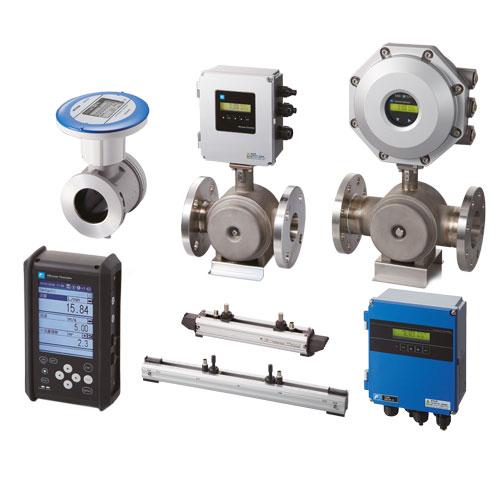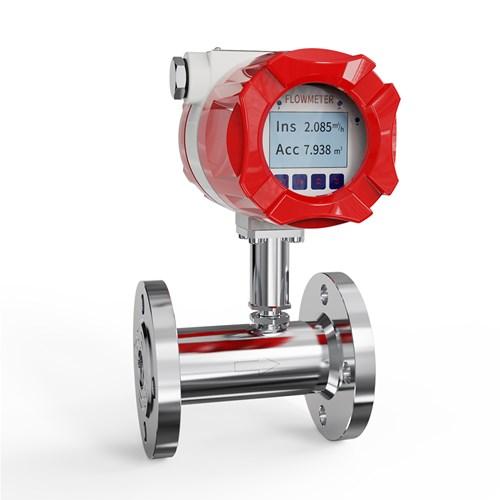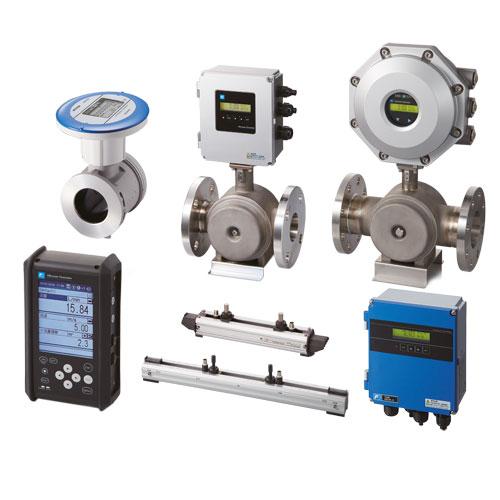Purgemeters provide the same fundamental advantages that rotameters do. The following are some important considerations to keep in mind when it comes to applications involving purging:
To keep the purge flow rate at the desired level, a constant-flow differential pressure regulator is utilized. It is possible to choose whether or not to specify the regulator as an integral component of the meter's assembly.
The purge flow rate can be easily adjusted to the desired level through the purgemeter thanks to the purgemeter's needle valve, which is an optional inclusion.
A straightforward purgemeter that only indicates levels needs no additional source of power.
The meter can be mounted on a panel or directly onto the equipment itself thanks to its low cost and the fact that it is sufficiently compact.
Purgemeters are available with either a glass tube or a metal tube, and they can be outfitted with either a high-limit alarm or a low-limit alarm.

Principal Advantages of Utilizing a Rotameter
Readability is not compromised in any way. Glass tube meters make it easy to observe the primary components of the metering process, which include the float and the tube, in addition to the fluid that is being measured. Any accumulation of dirt or other foreign matter that has been deposited on the float or tube walls is immediately visible to the observer. Therefore, if it is maintained in a clean state, a glass tube rotameter flowmeter can be utilized as a backup to check the performance of various other kinds of remote-reading flowmeters.
Repeatability that is both consistent and high. There is neither friction nor hysteresis present in the metering tube, so the float is able to move around freely. The rotameter accomplishes the ideal design goal of having high repeatability and maintaining it over years of service by virtue of this achievement.
Capacity to accommodate a large variety. The rangeability of rotameters refers to the wide variety of flow rates that can be measured by these devices. The maximum flow rate to the lowest flow rate typically has a ratio of 10 to 1. Because of this, it is possible to measure a minimum flow rate that is as low as one tenth of the maximum flow rate without affecting the repeatability of the measurement.
Linear scale. Because head or differential pressure is not a measure of flow rate (area variation is), the calibration curve is practically a straight line. This is because flow rate is measured by the area variation. This indicates that the meter's indicating scale, also known as a linear scale, can have divisions that are essentially spaced evenly apart from one another. Examine the readability of this using a differential pressure flowmeter of your choosing. At low flow rates, the readings on a rotameter scale are not compressed, making them more difficult to read. Therefore, regardless of where you are in the range, you will always have the same level of accuracy when reading flow rates.
Low pressure loss. Pressure loss (pressure drop) across the float is low and relatively constant. This is because the area between the float and the tapered tube increases as flow rate increases. This lowers the costs associated with pumping. In addition, a meter can be chosen to provide a lower drop by utilizing an oversize tube with a light float. This combination can be done in a number of different ways.
Adjustments made to account for shifts in viscosityCertain viscous oils and chemicals, such as sulfuric acid, can be measured accurately in spite of wide temperature changes because the float can be designed to compensate for normal variations in viscosity and density. This makes it possible to measure the substance accurately.
Readability that can be increased. The float moves up and down a vertical distance of about 5 inches and can be as long as 24 inches. To achieve a level of measurement accuracy that is unrivaled by any other flow rate measuring device on the market, the meter designer has the ability to reduce the flow range while simultaneously increasing the float travel distance.
Easily protected against rust and corrosion. A rotameter can be made out of highly corrosion-resistant materials in an affordable manner due to the fact that its design is relatively straightforward. It is therefore able to measure fluid flows that no other type of meter will be able to handle successfully for an extended period of time.

Simple in both its installation and its upkeep. The rotameter's straightforward construction lends itself naturally to having a straightforward installation and upkeep process. It mounts vertically in the pipe and does not require pipe taps, connecting lines, seal pots, or valves. Additionally, unlike a dp transmitter, there is no requirement for a straight run of pipe upstream or downstream, nor is there a requirement to keep such parts free of foreign matter.
The ability to act as a sight glassIt is possible for a glass tube rotameter flowmeter that has been installed in a process line to double as a sight glass to demonstrate that the process fluid is moving through the line.
Does not require the use of electric power. Due to the fact that the simple indication of flow rate locally does not require any connection to an electric power source, explosionproofing is no longer necessary in areas where flammable fluids may be present.
Capable of measuring flow rates that are very low. It is possible to measure liquid flow rates as low as 1 mlpm and gas flow rates that are just as low.
It is simple to convert between different fluid measurements. A model that has been installed for use on one fluid can be recalibrated to measure another fluid by taking into account the unique properties of that second fluid, as is described in the section entitled "Sizing a Rotameter."These days, this can be accomplished in a snap thanks to specialized software that runs on CDs.
A familiar flowmeter. The straightforward operation of a rotameter is something that many potential users are familiar with or can quickly grasp. When choosing an instrument, the fact that it is capable of performing the task at hand ought to be the primary consideration. Why choose a measuring method that is more difficult, costly, and fraught with the possibility of application and maintenance issues?

